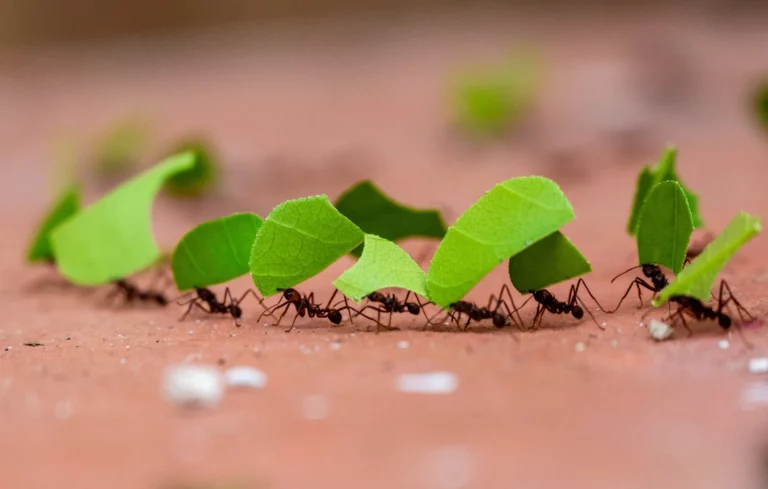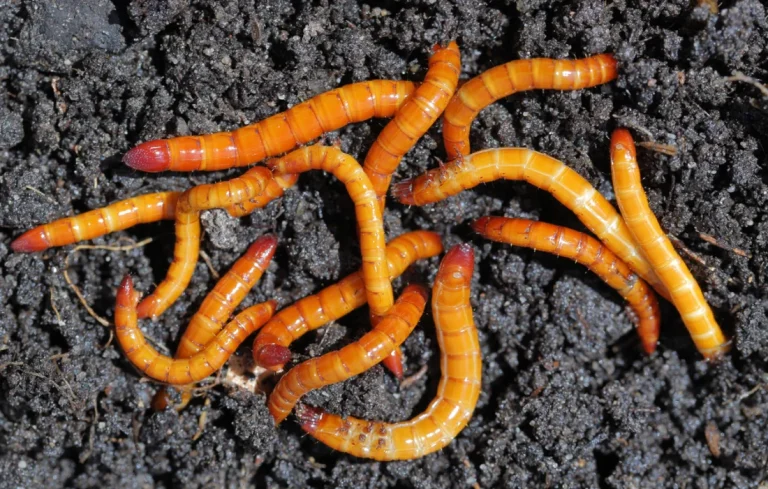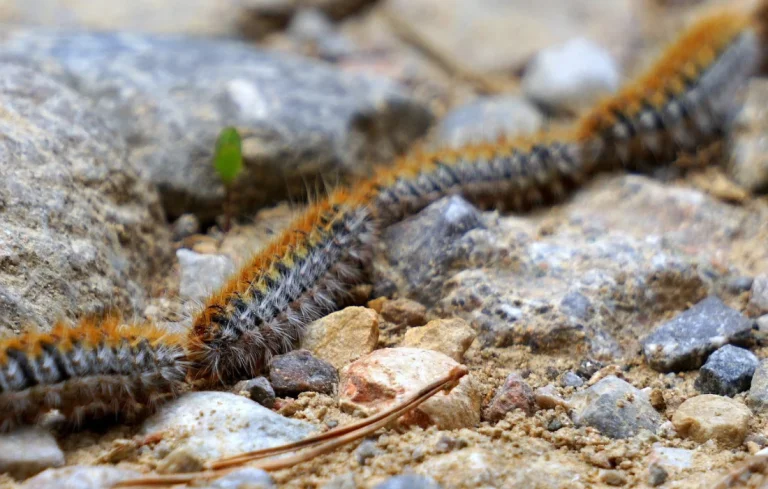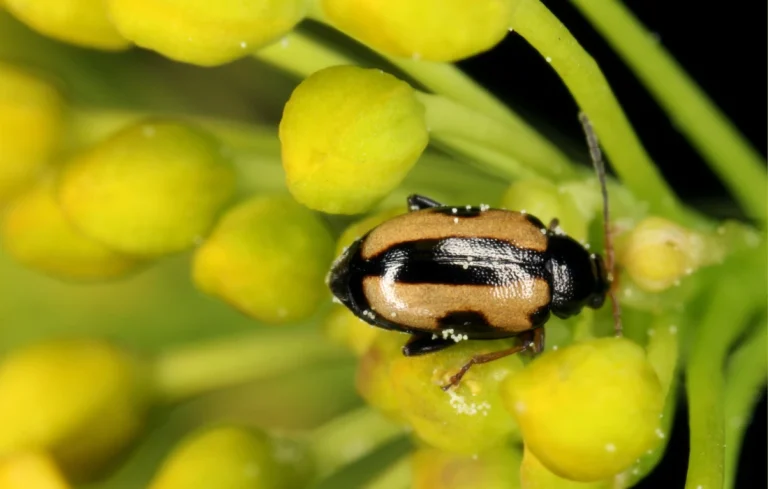Among rapeseed pests, the rape pollen beetle ( Melighetes aeneus ) is one of the most common. This small, metallic black beetle attacks flower buds, directly compromising flowering and crop yield. How can they be identified? And what measures can be taken to limit their damage? Explanations.
Description of the rape pollen beetle
The rape pollen beetle ( Brassicogethes aeneus ), formerly Meligethes aeneus , is a beetle that is part of the family Nitidulidae . It is also named common pollen beetle or rape blossom beetle.
- Adult : It measures between 1.5 and 2.7 mm long. Its body is oval, black in color with green, blue or bronze metallic reflections.
- Egg : elongated in shape and whitish in color
- Larva : It reaches up to 4 mm in the last instar, elongated and flattened. White-yellow in color with brown spots. The head and legs are dark brown.
Life cycle of the rape pollen beetle
The rape pollen beetle has two generations per year.
Adults overwinter and spend the winter under hedges, at the edges of woods, or under vegetation. When the temperature reaches 10°C, they emerge from their hibernation and begin feeding on pollen and nectar. As soon as the thermometer reads 15°C, they migrate to fields of rapeseed and other cultivated Brassicaceae. Colonization begins at the periphery of the plots before gradually spreading toward the center.
Egg laying begins in late March . The female digs a 2 to 3 mm hole in the flower buds to lay her eggs on the stamens or pistil. A female can lay between 100 and 250 eggs during her lifetime.
After hatching, the larvae go through two stages of development . First, they feed inside the flower bud where they were born. Then, they migrate to neighboring flowers. When a single flower bud is colonized by more than five larvae, the ovaries are destroyed, which compromises flowering and seed formation.
After three to four weeks of feeding, the larvae fall to the ground and burrow 2-3 cm deep. There, they transform into nymphs, protected by an earthy shell. The new adults emerge in June. Before winter, they disperse to other flowering plants to accumulate energy reserves, before finding shelter under the vegetation where they will spend the winter.
Do you need a natural solution against rape pollen beetle?
What are the host plants of the rape pollen beetle?
The rape pollen beetle feeds mainly on pollen and nectar. Its preferred host remains rapeseed ( Brassica napus ), but it also frequents other Brassicaceae such as cauliflower and broccoli.
When these crops are not available, it explores a wide range of other flowering plants. Species such as buttercup ( Ranunculus repens ), blackberry ( Rubus fruticosus ), field thistle ( Cirsium arvense ) and black elderberry ( Sambucus nigra ) are among those that provide an alternative food source. It also visits various Rosaceae, Umbelliferae and Asteraceae.
What damage does the rape pollen beetle cause?
The rapeseed honey beetle poses a risk to crops, particularly before flowering. Adults cause the main damage, while larvae, although present, have a more limited impact.
- Before flowering , adults pierce the flower buds to reach the stamens. This action causes them to dry out and fall prematurely.
- When the attack occurs too early, the pistil and ovary can be destroyed, leading to sterility of the flower and preventing seed formation.
- After flowering , adults continue to feed, but only on the released pollen, which does not directly compromise crop yield.
Agrobiotop natural solutions against rape pollen beetle
As experts in agrobiology, we develop and design biostimulants and soil improvers that strengthen plants against diseases and pests such as rape pollen beetle. To combat this pest, we recommend:
- YAKADOP : Application dose: 5 liters / 100 liters of water / hectare
- YAKASELF : Application rate: 10 liters / 100 liters of water / hectare. It is important to apply YAKASELF just before flowering (March) in order to repel rape pollen beetle( Brassicogethes aeneus ), outside the crop.
Other problems with rapeseed :
Photo : Shutterstock





